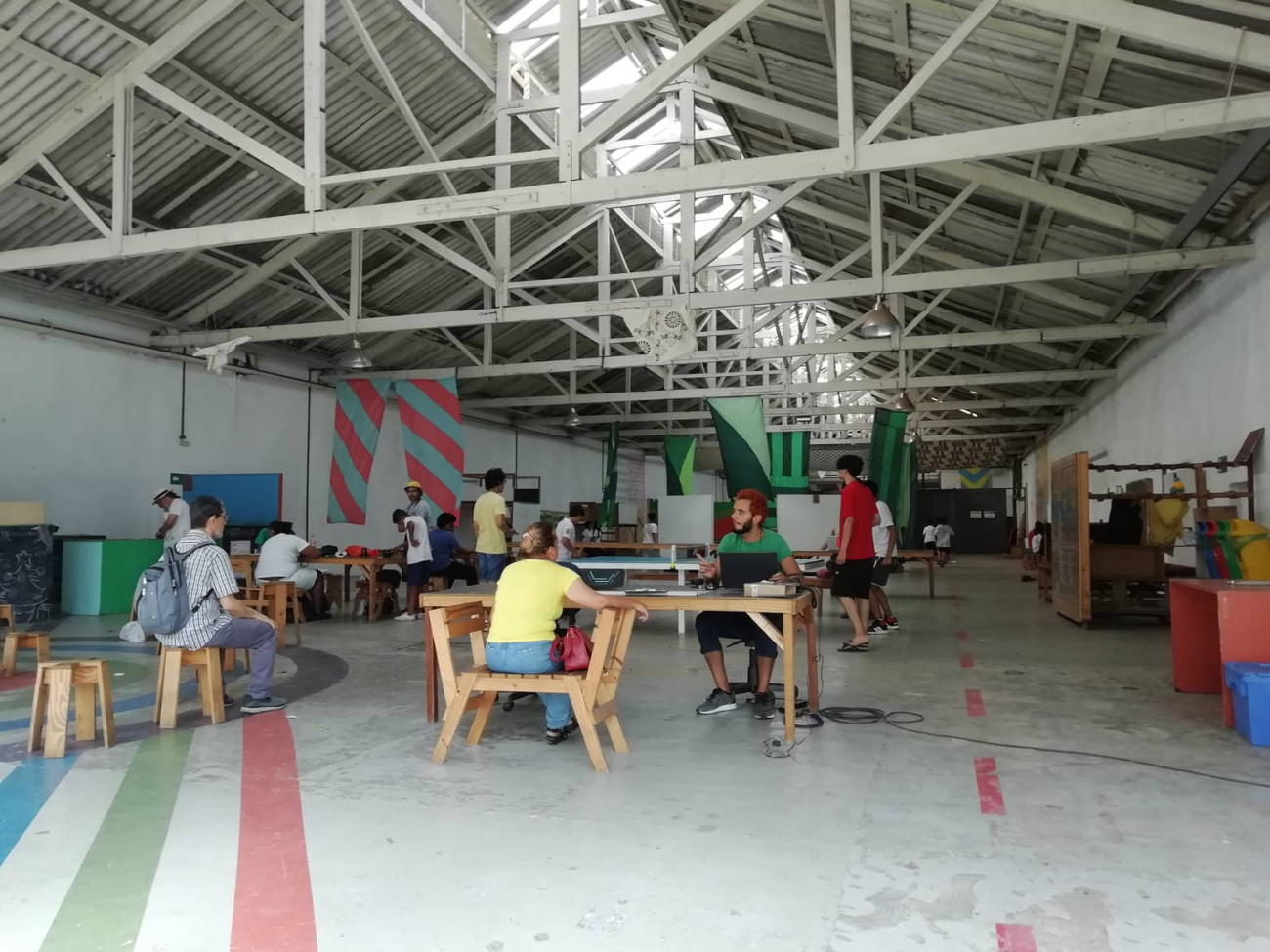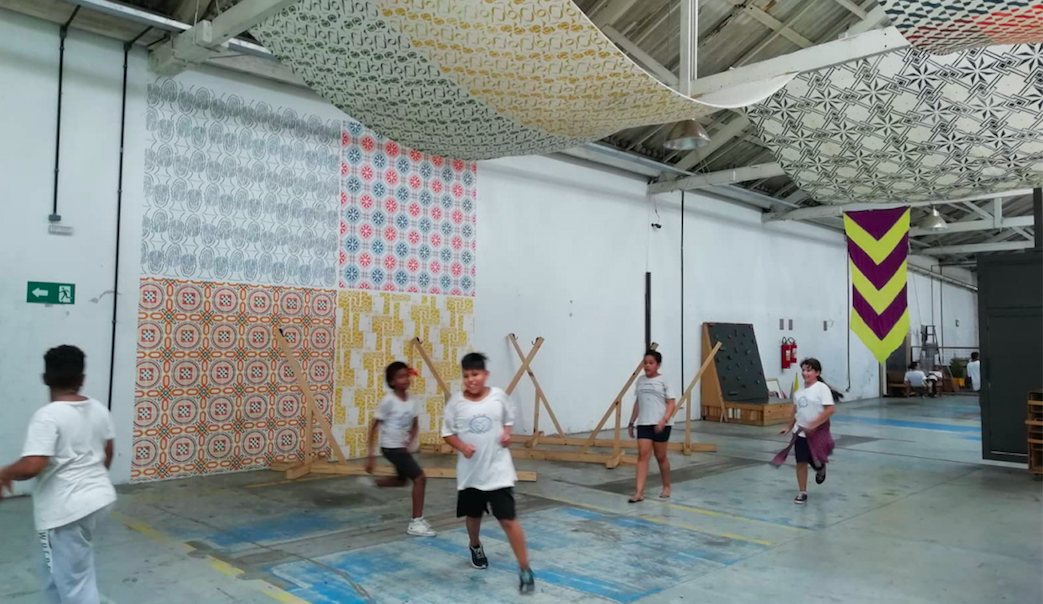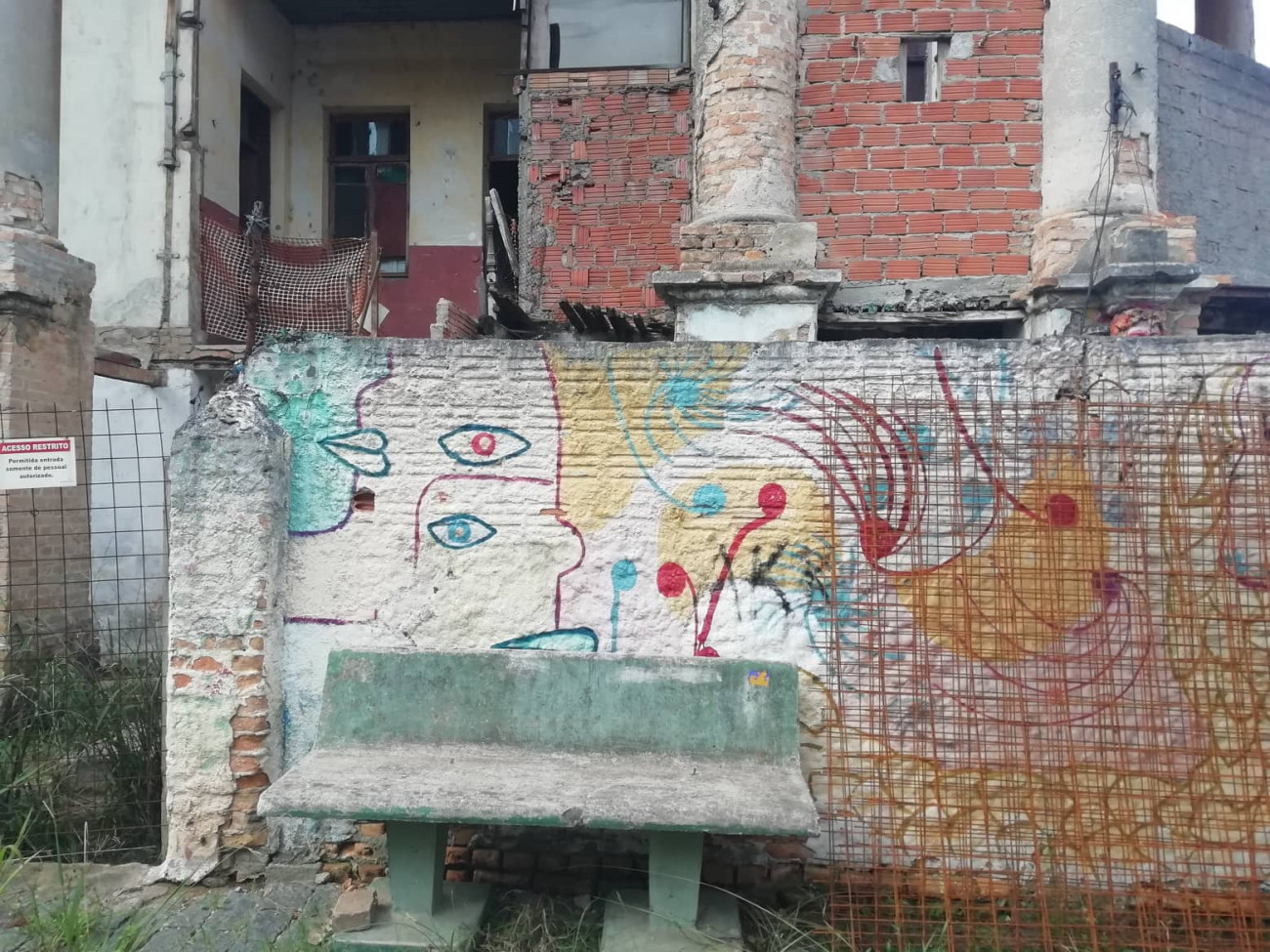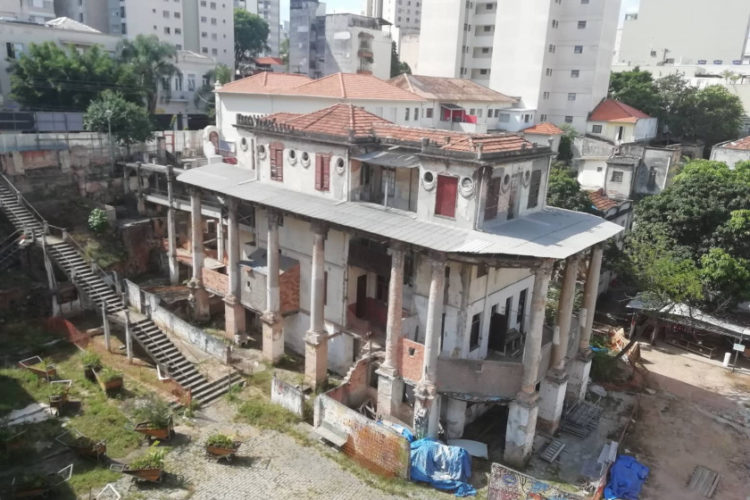5th step of the third-place world tour by Wide Open with a pioneering project in transitional urbanism: Vila Itororó, in São Paulo.
For the 5th step of the exploration of positive ecosystems, Wide Open travelled to São Paulo, in Brazil, to meet a pioneering project in transitional urbanism: Vila Itororó. If the young project – which we were talking about during our visit to Montreal – was a vacant municipal building, made available during the period preceding its work, Vila Itororó is a unique architectural heritage complex, open to the public in the very period of its renovation, hence the full name of the project: “Vila Itororó, Canteiro aberto” or “Vila Itororó, open shipyard”.
A SURPRISING ARCHITECTURAL COMPLEX
The Vila Itororó, at 238 Rue Pedroso in the District of Bela Vista, designates a singular architectural complex: more than a dozen buildings built in the early twentieth century by a Brazilian entrepreneur of Portuguese origin, Francisco de Castro, for purposes residential and recreational.
Eco-construction ahead of time, the Vila was largely built from materials recovered in ancient buildings of the city – notably some vestiges of the São José Theatre – conferring to its composition an eclectic charm with surreal accents, rather common at the time but now detenting in the urban paulista landscape.
As its creator died without leaving an heir, the complex is subsequently redeemed then his residences rented to private individuals for the benefit of a hospital. Due to its low profitability, the owners distold themselves from their property and the Vila deteriorates, delivering its tenants to themselves, in a legal ambiguity.
Once expropriated by the State and the municipality of São Paulo, the resident families, some of whom have been settled there for several generations, are dislodged in the name of a public utility decree dating from 2006, with the project of establishing a cultural centre. In 2013, a partnership between the municipality of São Paulo and the Pedra Institute allows the restoration of this anachronistic urban form to begin.

FOR A LIVING HERITAGE
Rather than waiting for the completed renovation, Vila Itororó throw opens the doors of its space from the beginning of the work. A collective debate defines the contours of the temporary occupation that will take place.
The bet is crazy, pioneering, poetic. Leave accessible, in the view of all, this process of renovation. Invite the public to interrogate, wander in the middle of the statues, to come and take a nap near the broken columns. Make transparent the question of financing, the work of the teams and the choices to be made.
In fine, invite the Quidam to enter the dance, in the rewrite of this heritage that is hers too, after all. This choice of transparency, of the invitation, opens the way to an individual and collective reappropriation of the notion of heritage and here particularly of these whimsical buildings – having populated the local imaginations for a long time.
At the Antipodes of the coldest of an opaque heritage opened once a year and of its soporific information signs, the Vila Itororó serves as a living patrimony, present, deeply ours: construction boots at the feet and worker’s helmet on the head, one walks on the site and quickly captures that the inheritance that is played here is not just irregular stones, dates or architectural currents but is also and above all the fruit of a intertwining of lives, of dreams aborted or forgotten , resistance, urban and human cycles, a piece of our collective history and the one of São Paulo.

CULTURAL SPACE BECAUSE PUBLIC
The cultural centre is here and now, in its own construction site, without having to wait for the infrastructures to be ready. Every day, as an extension of the public space, the large hangar of Vila Itororó raises its iron curtains and is allowed to inhabit the local population.
The infrastructures of this temporary occupation are minimalistic: removable furniture, made of painted wooden pallets signed ConstructLab, graphic paterns painted on the walls by Monica Nador in collaboration with former inhabitants of Vila, some tables and benches, a swing, toilets, an open kitchen, a piano, three tiered casters, mirrors, a self-service library and floor mats.
In this space that should have been reserved for the only employees of the municipality, the engineers, the architects, the workers, today cohabitating children running fast on their scooters or their bikes, women ready for their Zumba class, homeless people come to look for a little shade and respite in the large hammocks, a young active man attracted by the free WiFi, an old man lends himself for the first time to silkscreen, a circus collective enjoying this high ceiling height to repeat his aerobatics performances.
Since 2015, in the improvised and the temporary aspect of this shed, life has come to entering. In the basement, next to the municipal fablab, the woodworking workshop of the workers is made available several times a week for workshops with apprentices, as part of a training program open to all. In Vila Itororó, we come to stroll, pass the time, find a friend, take a free course, participate to an event. Several artistic projects were even developed, one of which culminated in the opening of a public psychoanalysis clinic in Vila, under the supervision of Daniel Guimarães, following today more than 150 people for free!
In parallel with a fixed cultural program, workshops and events completely free, is improvising a live programming, punctuated by the desires of local audiences. The curatorial project conceived by Benjamin Seroussi, in collaboration with Fabio Zuker, Graziela Kunsch and Helena Ramos, has as its paradoxical objective to result on an incremental process, to the thousand and one contributors.
Following the thread of the here and now, Vila Itororó goes further than a cultural policy known as proximity, the cultural center does not choose its audience, it implements the conditions necessary for receptivity, listening and welcoming needs and desires of all the audiences who want to live in this place, make it their chosen destination to relax, work, create.
It is a profoundly experimental approach: having the audacity to deconstruct this idea of institutionalised, standardizing culture, and embodying a simple fact, culture is everywhere and everything is culture. The banal of this daily life, the pleasure of idleness, the laughter of these children in the background of the exhibition, if all of this was culture? If it were life itself, not a side. The total permeability between the centre and the street itself is a strong symbol of these questions posed by Vila Itororó: where does the cultural space begin and end? Who are we to say this is culture and that is not?

COLLECTIVE LABORATORY AND RIGHT TO THE CITY
Besides there is not only the culture that is debated in this temporary occupation. This vision of the collective extends to the notion of urbanism, in a transitional, iterative and participatory approach. The space, organising debates on the future of space, welcoming and observing its spontaneous uses, have constituted a valuable laboratory, able to orient in vivo the construction of the future cultural site. Rather than applying the modelled vision of a cultural site ex nihilo, it is a question of giving back to all people this right to the city.
Starting from this community that is already there today, which express its needs and dreams, to build a building that can keep the magic of this temporary dynamic. By its small neighborhood ladder, Vila Itororó finally appears as a superb urban laboratory, a miniature version of the city itself, where testing without fear of new uses, their crosses and hybridizations, before imagining possibly duplicate them to São Paulo scale.
Why not finish (or start) by (re) integrating for example housing at the heart of this cultural center? To imagine and collectively experiment with new ways of living the public space and culture, to inhabit them together, here is the freedom that was offered by the episode of Vila Itororó. In a Brazilian context of recent suppression of the Ministry of culture, who knows yet what the municipality will decide to learn from this transitional parenthesis? Vila Itororó is in this sense a temporary bastion of a very fragile freedom, belonging more than ever to a present to be sustained.
Villa Itororo in video

